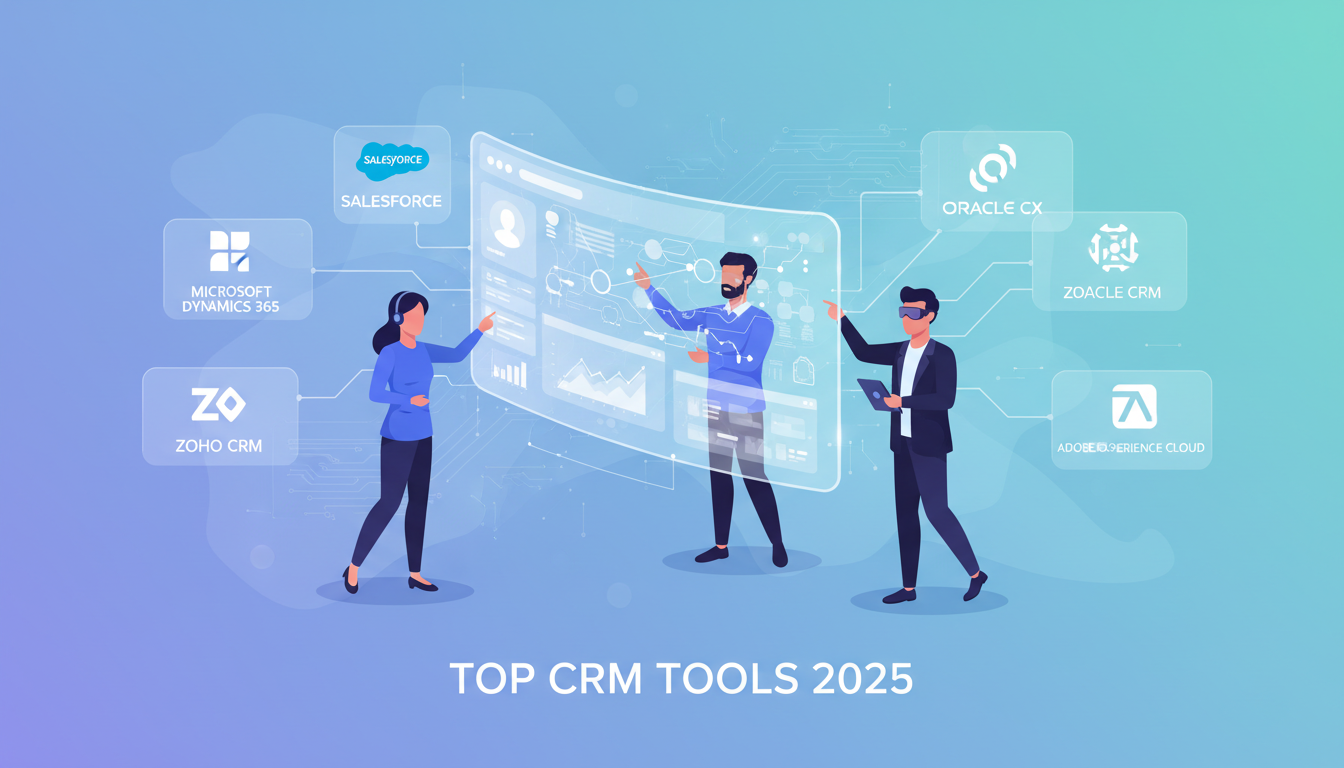| Agency Name | Description | Agency Type | People | Location | Website |
| Bionic Egg | We create remarkable brands and unique websites. | Web Design Agencies | 2 - 9 | United States | www.bionicegg.com |
| Buzzworthy Studio | Creative Digital Agency in NYC | Web Design Agencies | 10 - 49 | United States | buzzworthystudio.com |
| Together | Full-Service Agency — Brand, Web, Product UI/UX | Web Design Agencies | 10 - 49 | United States | together.agency |
| Nessa | We design & build software for eCommerce brands. | Web Design Agencies | 2 - 9 | United States | nessalab.com |
| Thrive Internet Marketing Agency | Results Driven Digital Marketing | Web Design Agencies | 10 - 49 | United States | thriveagency.com |
| Noble Digital | We Know How Data is Done. | Web Design Agencies | 10 - 49 | United States | nobledigital.com |
| Flatirons Development | Beautiful software, at the speed of a startup. | Web Design Agencies | 10 - 49 | United States | flatirons.com |
| WEBITMD | Attract. Nurture. Sell. | Web Design Agencies | 2 - 9 | United States | www.WEBITMD.com |
| Kegan Quimby Web Design & Development | Web solutions for all businesses. | Web Design Agencies | Freelancer | United States | keganquimby.com |
| Dotlogics | The Web Experts | Web Design Agencies | 10 - 49 | United States | www.dotlogics.com |
| Azuro Digital | Award-Winning Web Design, Development & SEO | Web Design Agencies | 2 - 9 | United States | www.azurodigital.com |
| Inovāt | A small & mighty digital agency.™ | Web Design Agencies | 2 - 9 | United States | www.inovat.com |
| The Ascendant Group | A world leader in CEO and Executive Branding | Web Design Agencies | 10 - 49 | United States | www.ascendantgroupbranding.com/about |
| HUEMOR | Award Winning Agency Located In NY & Pittsburgh | Web Design Agencies | 50 - 249 | United States | huemor.rocks/ |
| Five Jars | ⭐️⭐️⭐️⭐️⭐️ OUTSTANDING WEB DESIGN & DEVELOPMENT | Web Design Agencies | 50 - 249 | United States | fivejars.com |
Best 15+ Web Design Agencies in USA
Explore List Of USA's Top Rated Web Design
Bionic Egg
At Bionic Egg, we don’t just develop websites. We design remarkable brands. Whether you are running a boutique business, launching a startup, or managing a well-established company. We work with each of our clients with full transparency to create your new brand identity and design. Bionic Egg creates a seamless online user experience – tapping into the deep knowledge we’ve learned from our 21 years in the web design industry. Our dev team stays on the cutting edge of current industry practices impactfully addressing every touchpoint in the customer journey. Through great branding and creative web design, we aim to resonate so keenly with your target demographic that we convert your visitors into your customers. We look forward to partnering with you!
2 - 9members
From$5,000+forWeb Design
Located inUnited States
Buzzworthy Studio
Buzzworthy is a Brooklyn-based award-winning digital studio that specializes in developing stunning custom WordPress & Shopify websites. Our mission is to create unique, digital experiences for brands who are prepared to make an impact. Our collective experience ranges from design, digital media, digital marketing and SEO, to brand strategy and development.
10 - 49members
From$25,000+forWeb Design
Located inUnited States
Together
Together is a full-service agency that builds brands, websites and digital products for good tech companies around the world.
10 - 49members
From$25,000+forWeb Design
Located inUnited States
Get offers from experienced agencies tailored to your goals.
Nessa
We design the future of eCommerce.Nessa is a digital product design studio. We partner with high-growth eCommerce startups and brands and deliver world-class customer experiences through product strategy, design, and engineering. Our Expertise: Digital Strategy, Product Design, UI/UX, Full-Stack Software Development, eCommerce Design, Shopify App Development.
2 - 9members
From$100,000+forWeb Design
Located inUnited States
Thrive Internet Marketing Agency
Thrive is an online marketing agency with a passion to use the power of the Internet to grow your business. Thrive was founded on the conviction that businesses can successfully outshine their competitors with a strong website and an effective online marketing strategy. We provide businesses with expert online marketing and proven results. Our Internet marketing clients see results like 500% increases in organic traffic and 300% increase in online leads. Web design clients are guaranteed sites that are beautiful, functional, and adaptable to any size screen. Amongst our client reviews you’ll read statements like “Within six months, Thrive's SEO work catapulted our product line into top page rankings,” and “the investment in a brand new website has paid for itself in 2-3 months.” But you’ve probably heard all of this before - so what sets Thrive apart from other companies who make the same claims? Thrive's intentional and proactive focus is on two simple things: Relationships and Results. We consider ourselves an extension of our clients’ team, working hard to establish a professional but personal collaborative relationship. What we promise our clients… Integrity and transparency Award-winning expertise A proven process Focus on client delight Dedicated personal contact Our focus on Relationships and Results puts us head and shoulders above our competition, and we have the happy clients and case studies to prove it. Team up with Thrive and get the power of the Internet working for you! Thrive is a Google Premier Partner, Google Analytics Technology Partner, Bing Ads Accredited Professional, Shopify Partner, MailChimp Expert, and a Yext Certified Partner.
10 - 49members
From$1,000+forWeb Design
Located inUnited States
Noble Digital
From numbers to narrative, we combine data, strategy, design, and creative expertise to deliver impactful marketing and advertising that drives results. This can range from launching a brand platform, to hitting quarterly/annual acquisition goals, as well speeding up sales cycles, exit goals and much more. Learn more about us here [VIDEO] https://wi.st/2N54amD Getting performance from your digital marketing strategy is precious. Your business strategy contains critical ingredients for growth. Having your marketing and business strategies all work in concert as one, is how a brands succeed in today’s digital world… but it’s easier said than done. The secret to having all these various elements integrated as one… is through understanding how to work with data. Noble Digital knows data… Data helps keep your brand relevant and your message consistent across all touch points for a flawless user-experience that performs and scales. Learn more about how we can help get your digital strategy, planning in order… and easy to manage…. so you can hit your goals. Noble Digital is a growth-obsessed digital-marketing production-agency designed to help brands harness the power of data to cut through the noise, acquire new customers, and supercharge their storytelling. We have produced results for a range of clients that include: New Balance, Mutual of Omaha, as well as fast growing scale-ups like: Plated, Fundrise, BiohmHealth and Three Bird Nest.
10 - 49members
From$25,000+forWeb Design
Located inUnited States
Get offers from experienced agencies tailored to your goals.
Flatirons Development
We are a team of talented software engineers, designers, project managers, and quality assurance testers that love the art of creating amazing user experiences that exceed business objectives.
10 - 49members
From$100,000+forWeb Design
Located inUnited States
WEBITMD
WEBITMD is a tech-forward Growth Marketing + Sales Development Agency with offices in Los Angeles, New York City & Dallas. Founded in 2008, our mission has been to deliver a customized and engineered approach to growing businesses that combinesmarketing strategy & tactics with sales technology & training. Our clients, ranging from Silicon Valley startups to Fortune 500 enterprises, love our highly customized, consultative approach, and have said they consider the WEBITMD team as an extension of their own. Our approach to digital marketing starts at the foundation of how people consume information and make purchase decisions. From traffic generation to prospect nurturing to closing the deal; our stack of services brings together the elements that drive measurable growth. Our expertises include: The WEBITMD Growth Stack® Digital Marketing Strategy Sales Enablement Consulting Marketing Automation Multi-Channel Paid Media Management Organic Search Engine Optimization Content Marketing Messaging & Positioning Consulting Email Marketing Creative & Web Development Read more...
2 - 9members
From$1,000+forWeb Design
Located inUnited States
Kegan Quimby Web Design & Development
Based in NYC & San Francisco, I want to help companies of all sizes share their stories through the web. I primarily develop with WordPress, Shopify, and Squarespace, but have worked with all kinds of platforms since 2011.
Freelancermembers
From$10,000+forWeb Design
Located inUnited States
Dotlogics
At Dotlogics, we do things differently (and by different, we mean “better”). We could jaw on about our accolades, but those are a matter of public record by now. Moreover, we believe we’re only as good as our most recent work, so we put everything we have into every project, whether that’s for an enterprise company or for a start-up. Axing jargon and buzzwords in favor of real, human language, we know that communication is the true ‘secret sauce'. Our clients remain actively engaged with our process, because the more feedback we receive during a project, the stronger our end result will be. You won’t find pushy, hard-sell tactics here -- we don’t need them. We’re growth-driven and platform-agnostic, so we’re not married to the latest, greatest (and most expensive) solutions or platforms; instead, we take extra care to recommend only the technologies that will generate more traffic and increase your sales, without adding confusion or extra steps to your process. Web design is far from the only area where we excel; we apply our results-driven, data-focused, personalized technique to projects needing eCommerce help, SEO optimization, ERP, CRM and backend solutions, and way more. Call us; we can do what you need.
10 - 49members
From$25,000+forWeb Design
Located inUnited States
Azuro Digital
Get a beautiful, user-friendly, cutting-edge website that drives revenue. As an award-winning web design agency with over 100 five-star reviews online, we consistently go above and beyond our clients’ expectations. By partnering with Azuro Digital, you’ll convert more of your website visitors into paying customers.
2 - 9members
From$10,000+forWeb Design
Located inUnited States
Inovāt
We help courageous brands tackle huge challenges. Whether we’re launching a brand for a startup, designing an online game with real-world activations, filming from a zipline, or taking exploratory trips overseas, we’re willing to do anything for our friends (aka clients). With about 20 years of experience, we’re mighty but remain small, so you get personal attention and always know who you’re talking to. We’re strategic analysts, information architects and UX interface designers. But we also like to think of ourselves as your friends. Because when you’re our client, we love your brand as much as you do. We get to know your brand, help build it, and take care of it along the way. Everything we do is about telling your story in an honest and effective way. To us, it’s not just about creating awesome work. It’s about you. We’ll hold the ladder. You climb to the top.
2 - 9members
From$25,000+forWeb Design
Located inUnited States
The Ascendant Group
Built on referrals and inspired by trust since its creation in 2004, Ascendant Group has worked with the world’s leading CEOs, executives, and corporate brands ranging from fortune 500 companies, multi-billion dollar businesses in both hemispheres, INC 5000 fastest-growing businesses, high potential early-stage businesses, ranging from those leading world-class organizations to bestselling authors to elite athletes transitioning to the entrepreneurial world. We leverage our knowledge of Human2Human marketing to help our clients become the chief story tellers for their brand. This unlocks increased visibility and emotional connectivity that leads to increased top line revenues, development of portable brands that cut across industries, and furthering or developing legacy. Awarded as one of the top 25 small businesses to work for, our team of nearly 30 professionals across North America, Europe, Asia, and North Africa has a culture that values continual learning, honesty, responsiveness, competitiveness, innovation, and improvisation that helps us live up to our name, Ascendant; we have a relentless commitment to the Merriam dictionary definition “moving upwards,” this cuts across our internal capabilities, client strategy and execution.
10 - 49members
From$25,000+forWeb Design
Located inUnited States
HUEMOR
It's difficult for brands to stand out in a competitive digital landscape. Huemor is a website design and development agency focused on adding value to B2C and B2B brands by combining unique storytelling, web development, and design to create memorable digital products people love. Our Expertise: Digital Strategy, UI/UX, Full-Stack Web Development, E-commerce, Conversion Optimization
50 - 249members
From$50,000+forWeb Design
Located inUnited States
Five Jars
Five Jars is an international web design & development agency that helps mid to enterprise companies create intuitive, data-driven web experiences. In the last 4 years, we’ve delivered 75+ projects for clients in health & fitness, media, art & culture and NGO markets, including 10+ mid to enterprise clients such as George Washington’s Mount Vernon, Council for Exceptional Children, Fortune 500 organizations and numerous large YMCAs across the US. Full-Service Software Development Strategy Web Design Web Development Integrations Support Hosting Leaders with 10+ years experience in Web Development If you want to create next-level digital products that delight users, we're the right choice for your software development partner. Customer-oriented mindset Hire a software development company that knows your market and will develop solutions that help you achieve your business goals. Transparent development processes When working with us, you know exactly where your money goes. We organize our work using Agile & Scrum and provide regular status calls for customers. Get in touch with us - https://fivejars.com/contactRead more...
50 - 249members
From$10,000+forWeb Design
Located inUnited States

Connect. Convert. Grow.
Start your project today without any cost and meet qualified experts who can get the job done. We help you make the best choice, hassle-free.
Explore Web Design Agencies Near By United States
Didn't find what you were looking for? Browse other categories
Recommended for You
Discover services
United States's Web Design Agencies List
United States Web Design Agencies Prices
| Web Design Agencies | Prices |
| Bionic Egg | $5,000+ |
| Buzzworthy Studio | $25,000+ |
| Together | $25,000+ |
| Nessa | $100,000+ |
| Thrive Internet Marketing Agency | $1,000+ |
| Noble Digital | $25,000+ |
| Flatirons Development | $100,000+ |
| WEBITMD | $1,000+ |
| Kegan Quimby Web Design & Development | $10,000+ |
| Dotlogics | $25,000+ |
| Azuro Digital | $10,000+ |
| Inovāt | $25,000+ |
| The Ascendant Group | $25,000+ |
| HUEMOR | $50,000+ |
| Five Jars | $10,000+ |
Latest Projects
Discover The Latest Created Projects in Digital Marketing Agencies
Blog & Insights
Explore our marketing and software focused content
Web Design Agencies in USA
Web design firms specialize in creating and enhancing the appearance and usability aspects of websites. These organizations provide a variety of services to assist individuals, companies, and organizations with creating a strong online presence. Web design companies build visually appealing websites and employ UX design to maximize user engagement, making the website more user-friendly. Moreover, web design firms create appropriate material to ensure that the website's content is appropriate for the intended audience.
Best Web Design Agencies in USA
To evaluate web design agencies' quality of work, look through their portfolio and previous customer feedback. The best web design firms have many projects from different industries in their portfolio. Furthermore, the team's technological know-how and innovative ideas are crucial to the success of a web design business. They employ original and unique ideas in providing all of their services. The user experience is also very important to them. The best companies focus on understanding their target audience and optimizing the customer experience overall.
Top Web Design Agencies in USA
Top web design companies are characterized by their creative thinking, leadership in the field, and capacity to deliver superior products and services. These businesses usually provide a large selection of products and services. They frequently establish strategic collaborations to increase their market share. They also respond to client requests and keep up with the most recent technological advancements.
Web Design Services for Companies in USA
-
Web Design Agencies For Small Businesses
To help small businesses create and improve their internet presence, web design agencies are essential. For instance, small firms may work with web design organizations to develop a website that highlights their brands' products and services to establish their presence in the market.















